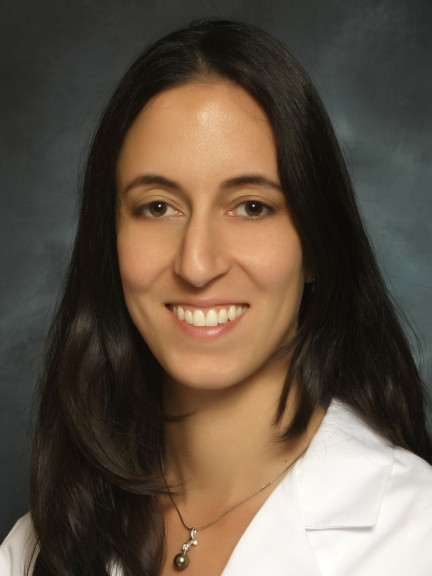CHOC Neurofibromatosis Program – a recently nationally recognized program by the Children’s Tumor Foundation as a Neurofibromatosis Affiliate Clinic – provides comprehensive care to even the most rare medical issues in association with Neurofibromatosis type 1 (NF1).

NF1 is a common genetic condition that primarily affects the skin and the nervous system and is caused by a change or mutation in a single gene called NF1. This condition occurs in approximately one in every 3,000 children. The majority of these children do very well, have happy and healthy lives and may not have major skin issues, developmental disabilities or other neurological issues, says Dr. Neda Zadeh a CHOC medical geneticist and associate director of the Molecular Diagnostic Laboratory at Genetics Center. However, due to the known complications that can accompany this condition, comprehensive multidisciplinary care is strongly recommended.
“Half of the time, NF1 can occur for the first time in a child due to a spontaneous mutation in the NF1 gene at the time of conception, and is not inherited from a parent,” explains Dr. Zadeh. “It is important for parents to realize that this condition is not the result of anything an expectant mother did or did not do during her pregnancy. In the other 50 percent of patients, we often will see that one of the parents also has NF1 and may not even realize it.”
In order to meet criteria for an NF1 diagnosis, patients must meet two of the following criteria established in 1988 by the National Institutes of Health (NIH), summarized below:
- Six or more café-au-lait macules of a specific measured diameter depending on the age of the individual (over 5 mm in greatest diameter in prepubertal individuals and over 15 mm in greatest diameter in postpubertal individuals).
- Two or more neurofibromas of any type or one plexiform neurofibroma.
- Freckling in the axillary or inguinal regions.
- Optic glioma.
- Two or more iris Lisch nodules (iris hamartomas) observed on dilated eye exam.
- A distinctive bony lesion (sphenoid dysplasia or tibial pseudarthrosis).
- A first-degree relative (parent, sibling, or offspring) with a known diagnosis of NF1 as defined by the above criteria.
These NIH diagnostic criteria are extremely accurate in adults and children over the age of 5 years. A diagnosis of NF1 should be suspected in individuals who have any one of the above findings. Often if children are younger than 5 at the first evaluation, he or she may not yet have met the above criteria, but may do so after they reach school age. For this reason, visiting a geneticist on a regular basis is important in order to monitor and care for the patient. Also, in certain cases in which a diagnosis is not completely clear, or there is concern for a different diagnosis, genetic testing via sequencing and deletion/duplication analysis of the NF1 gene is available and usually coordinated after genetic counseling occurs.
Neurofibromatosis type 2 (NF2), a completely separate disorder, is even more rare than NF1. A patient with NF1 is not at an increased risk compared to the general population to have NF2, especially if there is a negative family history.
Children with NF1 require care from multiple specialists including neurosurgery, neurology, oncology and orthopaedics, and at CHOC is seen at least annually by a geneticist, who aids in coordinating care and management of the condition. CHOC’s multidisciplinary NF clinic involves all of the above specialists in the routine care of children with NF1 and other related disorders.
“We also can provide information to a patient and their families regarding the possibility to have further children in the family with NF1,” says Dr. Zadeh.
CHOC’s Neurofibromatosis Program has been treating children with NF1 for more than 30 years and annually cares for at least 150 children with NF1. The special program includes CHOC specialists currently involved in cutting edge clinical trials that are not available at many pediatric centers.




